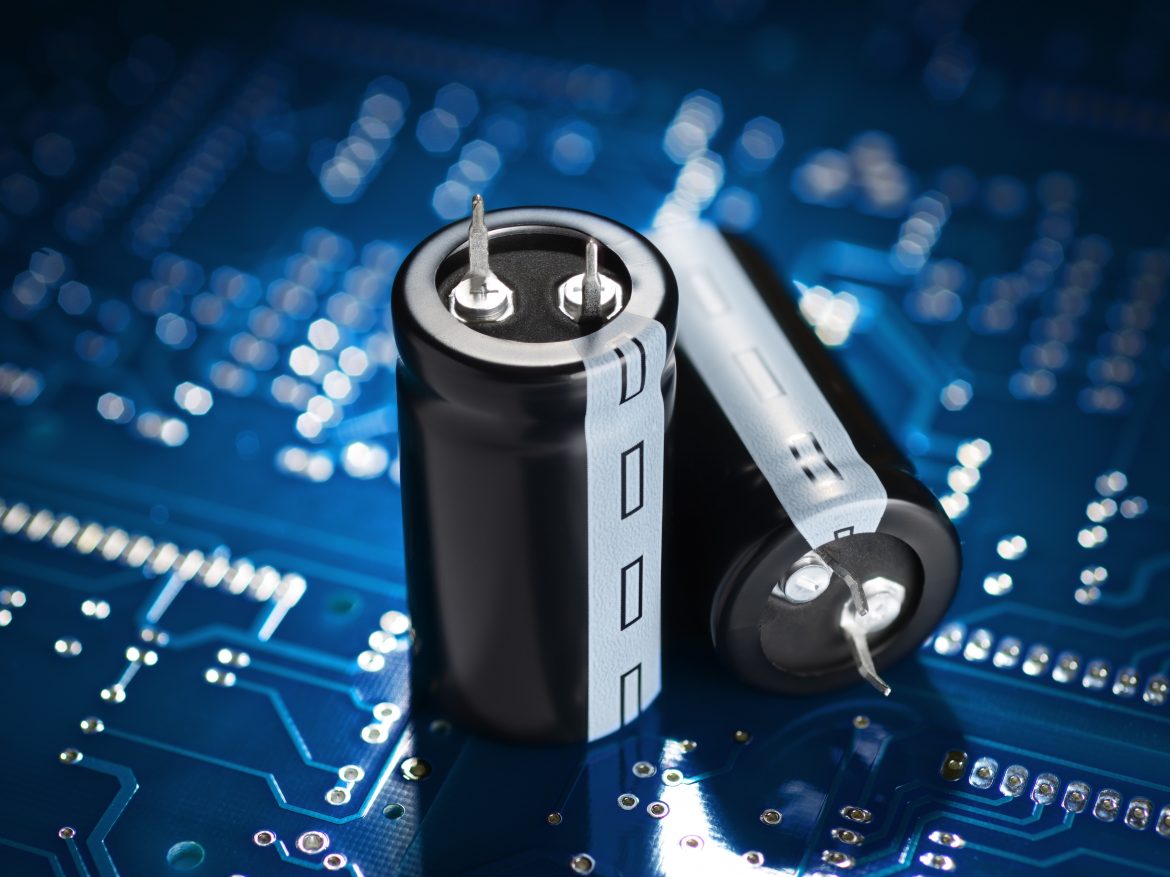A team of researchers led by Ankur Gupta at the University of Colorado Boulder have discovered how ions (tiny charged particles) move within a complex network of minuscule pores. This breakthrough, highlighted by Gupta, an assistant professor of chemical and biological engineering, could pave the way for the development of more efficient energy storage devices, such as supercapacitors. Supercapacitors, which work by storing energy through ion accumulation in their pores, offer rapid charging and a longer lifespan compared to batteries. Gupta emphasised the speed advantage of supercapacitors, stating that improving ion movement efficiency could further accelerate charging and energy release.
“The primary appeal of supercapacitors lies in their speed,” Gupta said. “So how can we make their charging and release of energy faster? By more efficient movement of ions.”
The research challenges Kirchhoff’s law that governs the flow of current in electrical circuits. Unlike electrons, ions move through a combination of electric fields and diffusion. The researchers found that their movements at pore intersections deviate from Kirchhoff’s law.
Gupta notes that previously, ion movement was described only in single pores. However, this research allows for the simulation and prediction of ion movement in thousands of interconnected pores within minutes. “We employ the framework to study the impact of pore connectivity and polydispersity on electrode charging dynamics for pore networks and discuss how these factors affect the time scale, energy density, and power density of capacitive charging,” said Gupta.
The discovery is important not just for storing energy in vehicles and electronic devices but also for power grids. In these grids, where energy demand changes, efficient storage is needed to prevent waste during low-demand times and ensure quick supply during high-demand times.



